Clay bars are frequently used to remove contaminants to give a car's paint a clean and slick appearance. Wondering if it can also remove water spots and wax? You’ve come to the right place. We’ve done all the research to answer your question.
Since clay bars are abrasive, they will typically remove water spots as long as they are still on the surface, not etched into the paint. Sometimes, clay will also remove wax on your car's paint, but it depends on the durability of the existing wax and the type of clay you’re using.
Continue reading as we will dig deeper into clay bars, especially their effects on water spots and waxes. Also, we'll detail exactly how to clean the filth that builds up every time you drive it by using a clay bar safely and efficiently. So let’s get started!
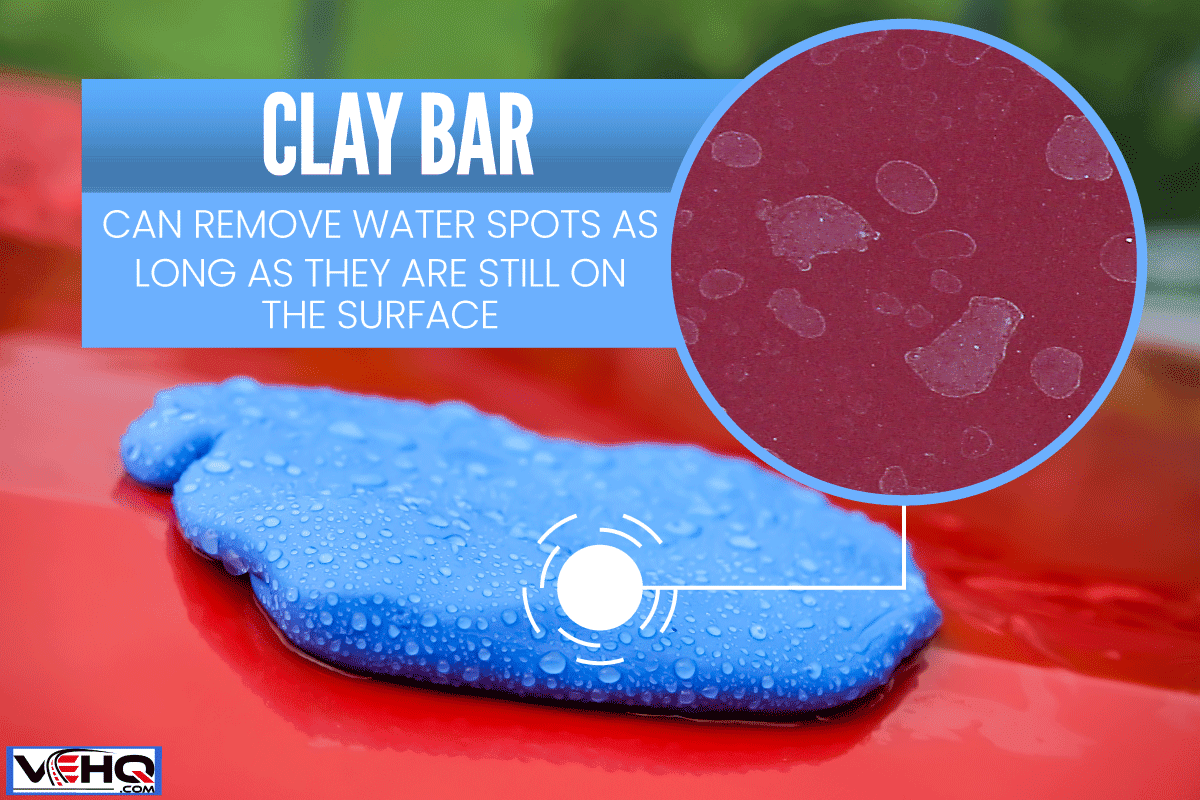
What Is A Clay Bar?
The purpose of a clay bar is to remove or "lift" pollution from your vehicle's surface so that you have a clean and smooth surface. Clay bars can be made of natural or synthetic manufactured resin compounds.
Contamination includes bituminous tar, rail dust, honeycomb, tree sap, and industrial debris. The clay we used to play with as kids is very similar to a clay bar, but using any old clay on your car's fragile surface is not recommended.
A clay bar for the automotive industry will have been produced expressly to be considerably more elastic, giving it much more resilience and usability when repeatedly manipulated into the shapes required for effectiveness when in use.
A car clay bar will also be far more durable and able to endure the tough pollution you ask it to remove from the surface while keeping that contamination in suspension and away from the vehicle's surface where it could cause damage.
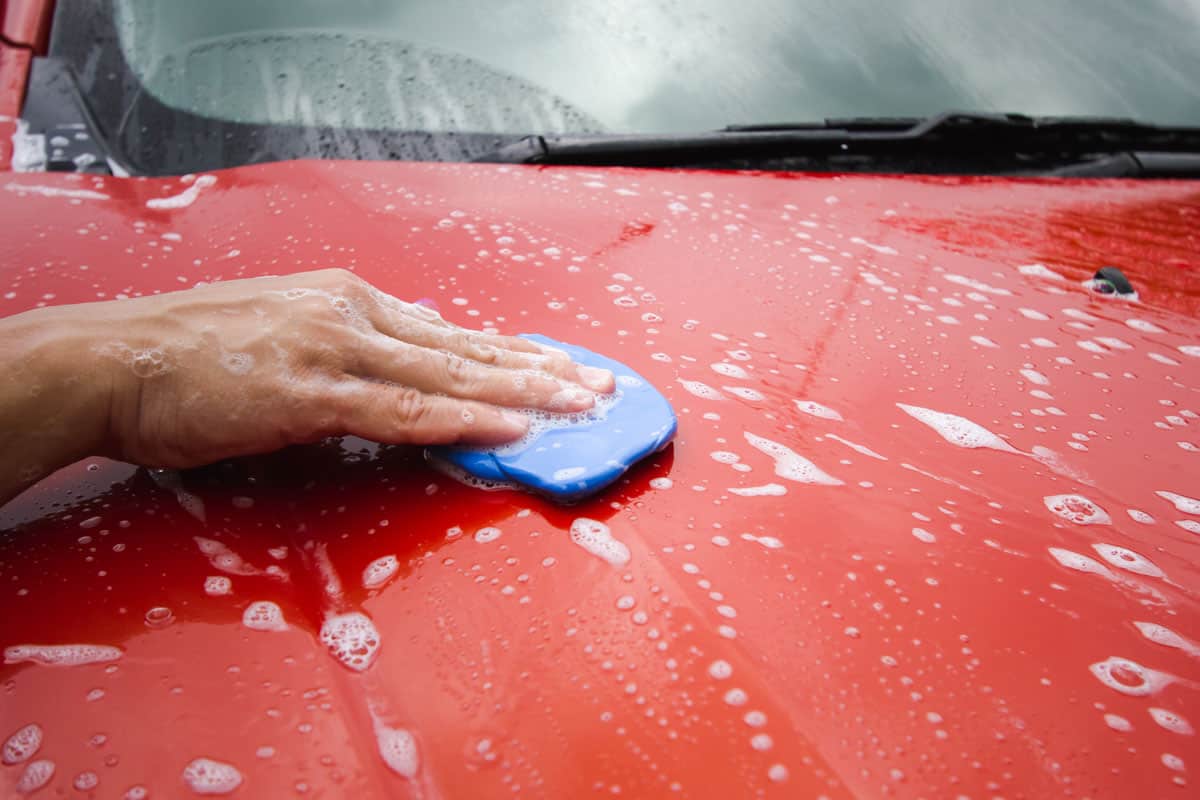
How Do Clay Bars Work?
Due to the tacky surface of the clay, any foreign objects that stick out from the surface of a car can be easily 'lifted' off of it. This will prevent the contamination's microscopic particles from being redeposited on the surface and instead cause them to be suspended within the clay bar.
Click here to see this car clay bar on Amazon.
It is becoming increasingly crucial to make sure the surface is always thoroughly greased to reduce or even eliminate the possibility that the clay bar will cause damage when in use.
Though some clay bar manufacturers appear to think that water can provide enough lubrication, this is not true. It would be wise to use a product that is specifically made to promote "slide," like a well-formulated detailer spray or protectant shampoo, or a clay bar lubricant.
Click here to see this clay lubricant on Amazon.
A clay bar is completely safe and won't harm the area it is being used on when applied properly. Contrary to popular assumptions, clay cars are likewise non-abrasive and won't scratch or remove any paint from the surface.
However, a clay bar may severely erode or even destroy the majority of the surface's applied sealants or waxes due to contact and natural abrasion brought on by this or any other contact. After using a clay bar, all but the hardest glass coatings will be eliminated or severely damaged, necessitating reapplication.
Does Clay Bar Remove Water Spots?
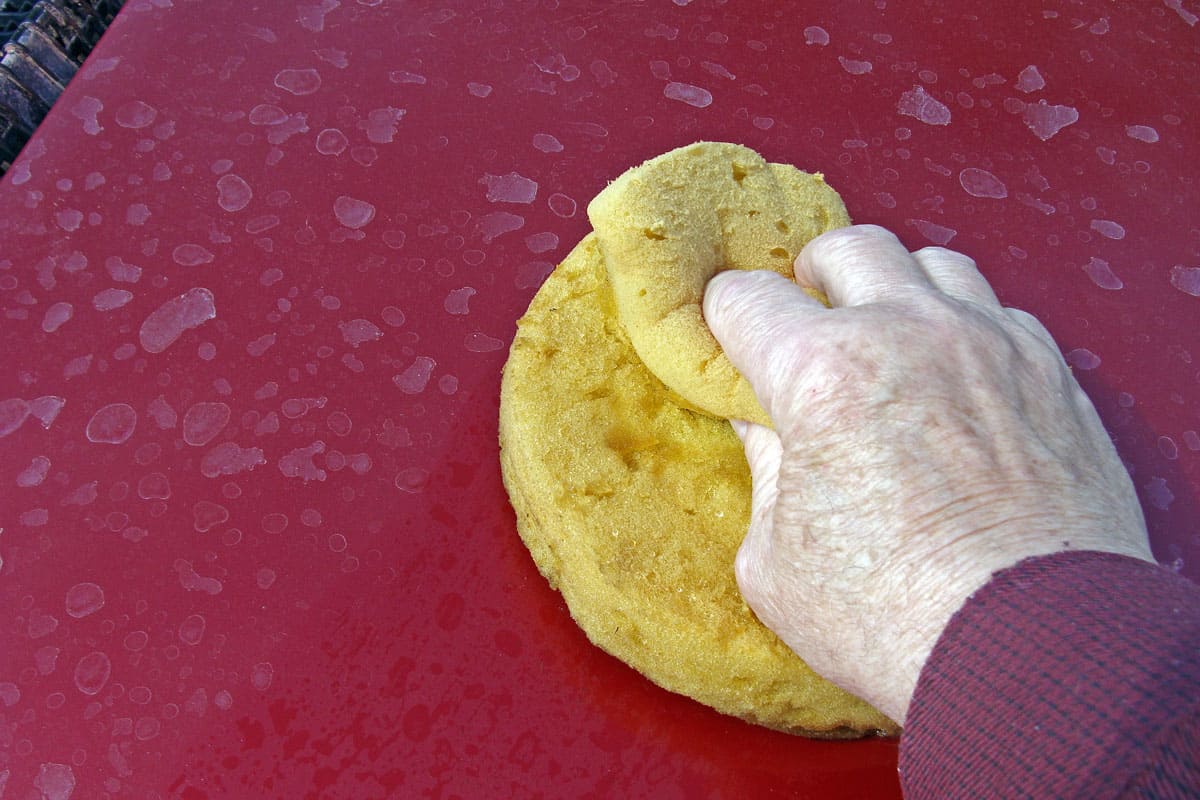
Unattended water that evaporates and dries on an automobile can leave water spots on the paint finish. This is due to the minerals and trace amounts of contaminants that are present in water.
These minerals and contaminants are left behind as the water evaporates and dries. These particles are baked and etched onto the car's finish by the sun's heat and light, leaving water spots.
Basically, there are three types of water spots and they are:
- Type 1 (Regular Water Spot): It is merely a standard water spot that develops when water is allowed to dry on paint, and a mineral deposit is left behind. It may eventually develop into types 2 and 3 water spots.
- Type 2 (Bonded Minerals): It is more challenging to remove because it contains a variety of contaminants. It can develop into type 3 if they are not swiftly removed.
- Type 3 (Etching): Etchings are frequent when the pollutants are allowed to eat away at the paint because the earlier kinds of water spots were not cleaned. Etching needs to be removed with an abrasive, like a one- or two-step paint correction.
Aside from the embedded contaminants mentioned above that the clay bar can remove, it can also remove water spots on your car. But if the water spots are already etched in the paint or have been there for a long time, claying the paint might not be able to remove them.
Do Clay Bars Remove Wax?
When you clay a car with an old wax or sealer on the paintwork, it's extremely possible that the clay will remove this layer of paint protection, leaving you with a clean, bare paint surface.
But it's important to note that this isn't always the case and will rely on several factors, including:
- how long the paint protection (wax) has been on the car;
- the durability of the wax, sealer, or coating; and
- kind of clay you're working with.
The first two factors are quite obvious. Waxes can typically be removed with clay, but if you're using something really tough, like a ceramic coating, clay may not be able to remove it entirely. You'll also need to machine polish the car in this situation.
There are many grades of clay as well. Some clays are "soft," which means they aren't particularly abrasive. The benefit of this is that they are less likely to produce swirl marks and marring, but they are also less effective at completely removing impurities and waxes.
Some clays are more abrasive because they are harder or firmer. Wax will be easier to remove with these kinds of clay. There are numerous automobile detailing brands that provide a variety of clay grades.
How To Use A Clay Bar?
Now that you are aware that a clay bar can remove water spots and wax. Let's go through the more in-depth procedure. Try the steps indicated below if you want your paint to be corrected, making it look brand new once more.
1. Wash The Vehicle Thoroughly
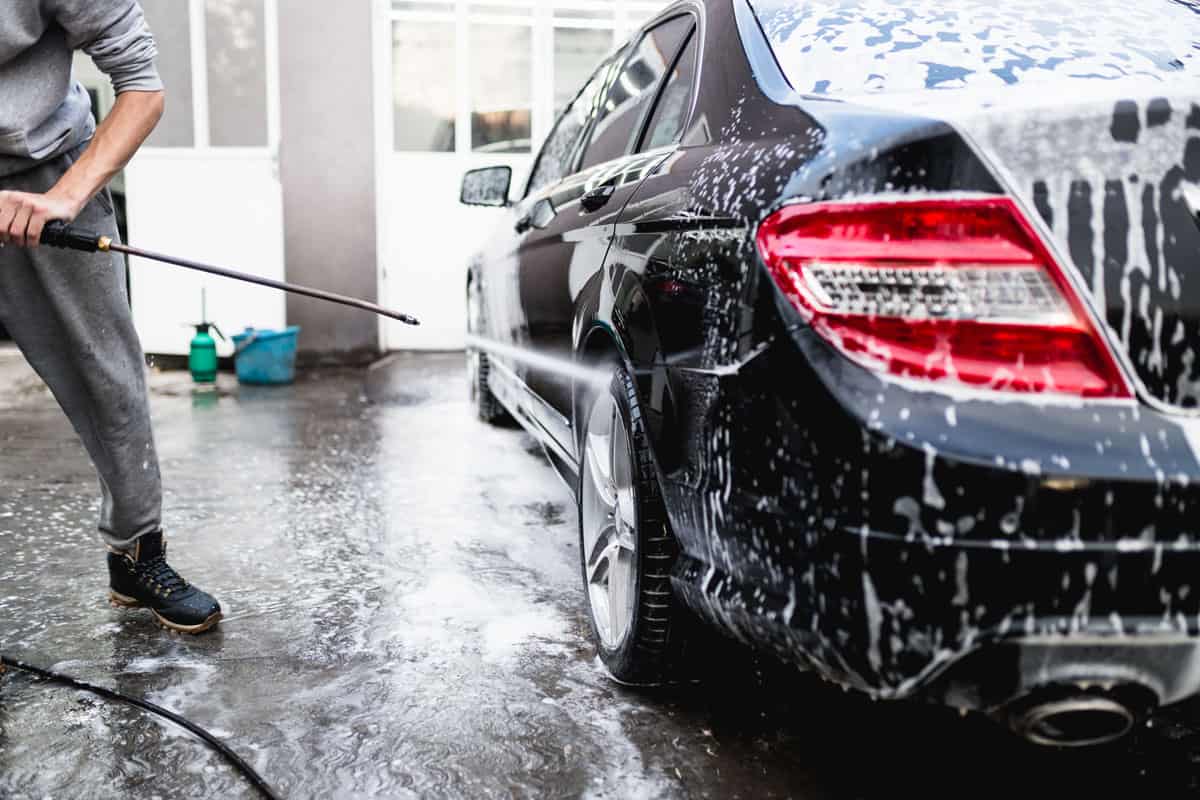
The first and most important step is giving the automobile a thorough wash with clean water and car shampoo. Before repairing the paint, getting rid of as much surface dirt as possible is crucial. If you don't, you run the danger of scratching your paint by rubbing dirt on the surface.
For this step, you can either use an ordinary garden hose or a pressure washer. Always work your way down from the roof of your car. Gravity will assist this technique in removing contaminants from the vehicle. You don't want dirt to accumulate in previously cleaned areas.
2. Remove The Wax
Prior to claying, remove any wax, sealer, or coating from your car to ensure that the paint protection layer won't interfere with the clay bar's ability to effectively remove contaminants.
However, the clay will typically be able to get rid of the contaminants as well as the wax, sealer, or coating. But you can use wax-stripping shampoo before claying for best results. This will increase the effectiveness of the clay bar in eliminating impurities from the paintwork.
3. Apply Lubricant
The secret to utilizing a clay bar is to continuously lubricate the surface as you work. You can use a spray bottle filled with a combination of water and auto shampoo. Another way is to add a capful of shampoo to a small pail of water and use a wash mitt to apply the solution. It's important to keep the paint surface wet as you rub it with the clay bar.
4. Rub The Clay
Get the clay bar and knead it into a flat disc shape, and then you're good to go. At a time, carefully rub a small area with the clay bar. Apply clay, lubricant, and then more clay.
The clay will begin to change color as you proceed as it absorbs dirt. Re-knead the clay to reveal a clean surface if this happens. If you drop the clay on the floor, throw it away and get some new clay. Keep in mind that clay acts as a magnet for dirt. All the dirt on the floor will attach to the clay if you drop it on dirty and wet ground, and it can end up damaging the paint.
5. Rinse And Dry The Vehicle
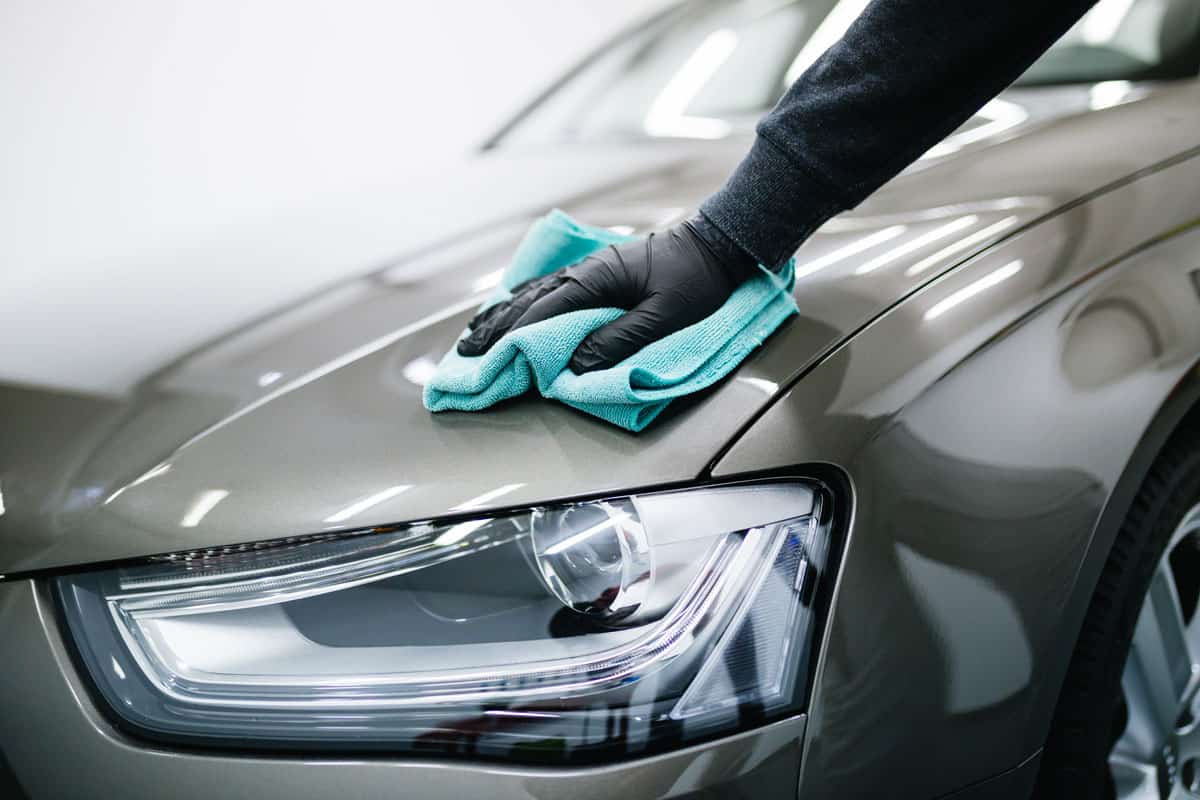
After claying the entire car, thoroughly rinse it with water before using a microfiber towel to dry it off. After that, go over the painted surface with a dry hand. It should have a smooth feel. If not, you can go through the steps again to get rid of all the dirt.
6. Polish Or Wax The Vehicle
The final step is to seal the surface with a thin layer of wax. To get the greatest effects, it's preferable to polish the paint first, then wax it. To adequately protect the paintwork after using a clay bar, it is crucial to add a layer of paint protection in the form of wax, sealer, or coating.
Applying a new coating is crucial because, in most cases, the clay bar will have entirely erased any prior protection or at the very least compromised it.
Conclusion
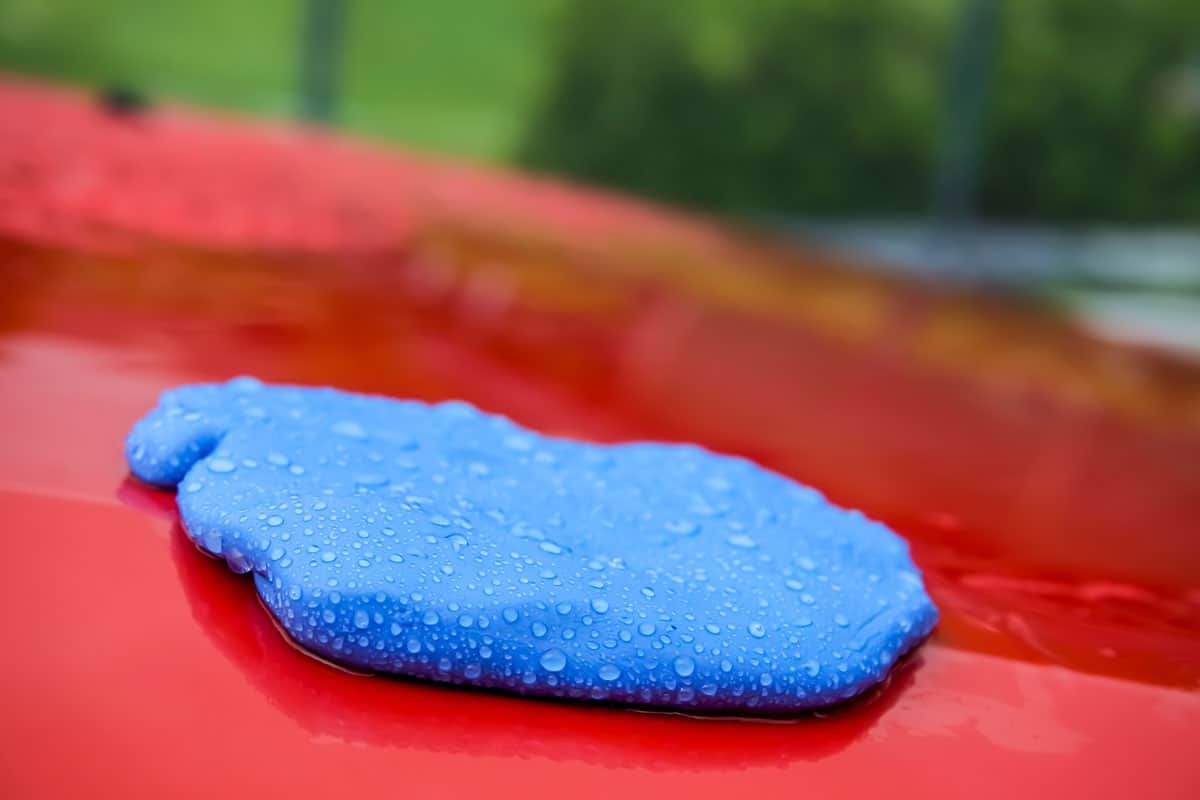
Clay bars will maintain your car's paint perfect, glossy, and smooth when applied as instructed. To acquire a showroom shine, keep in mind applying a clay bar at least once every three months or right before waxing and polishing the surface.
To make your automobile appear its best, don't forget to read the rest of the blog.


